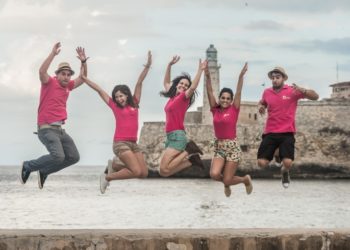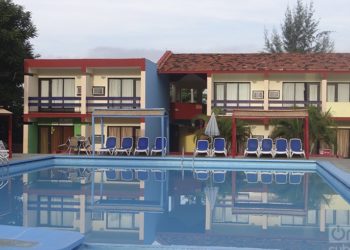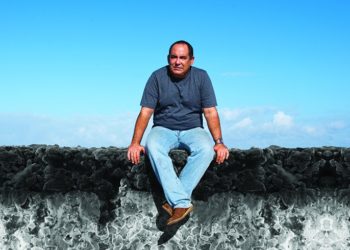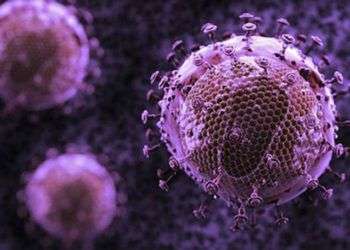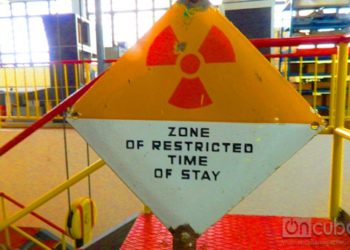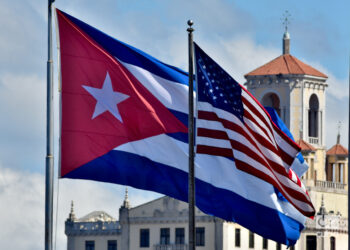IMASUB, zoom to the Cuban seabed
Underwater photography is largely responsible for taking the aura of mystery away from the bottom of the sea, as much as it is also inevitable for those who have no experience of diving. Characterised by technological and human challenges that have entailed it capture such images taken under immersion rarely leave lovers of nature, and of photographic art in general, indifferent. For this reason, the Gaviota Tourism Group organised for the sixth time last June, the International Underwater Photography Meeting IMASUB 2016, at the International Diving Centre Maria la Gorda, in the south of the Pinar del Río province. The event usually takes place over several stages: arrival and Information Meeting (where the Jury and the rules of the contest are presented), diving (both free and competitive), submission of photos and the jury’s decision. On 6 June, 2016 the 162 IMASUB participants were received in an exceptional Cuban natural setting; the Guanahacabibes Peninsula, which lies within the CIB Maria la Gorda. Followers of professional diving from the United States, Mexico, Chile, Spain and Cuba as host country attended to join IMASUB. While the rest practiced free diving (available in day and night options), the second day of the event the...


